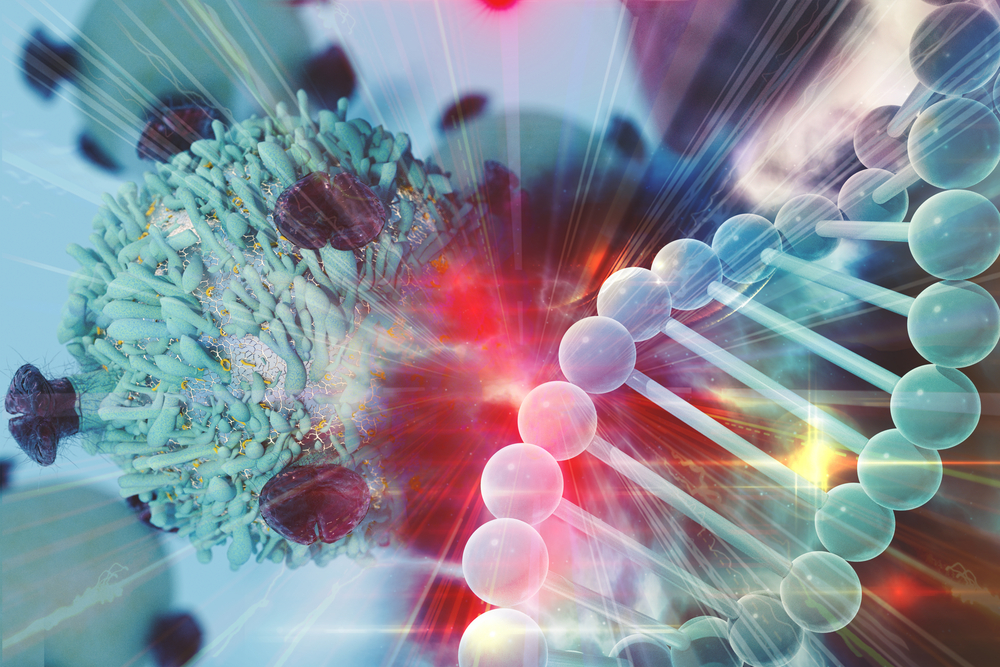Viral Footprint Could Increase Gene Therapy’s Efficiency for SMA, Other Diseases, Study Says

Scientists have discovered a new way to more efficiently deliver lower doses of gene therapies, and overcome adverse side effects that can be caused by high treatment dosages, a study suggests.
The study, “Mapping the Structural Determinants Required for AAVrh.10 Transport across the Blood-Brain Barrier,” was published in the journal Molecular Therapy.
Gene therapy is used to treat genetic diseases by delivering a “correct” version of a specific gene via a modified virus in which most of the viral genome has been replaced with the human gene being delivered.
While this technique has the potential to treat several genetic diseases, such as spinal muscular atrophy (SMA), gene delivery in a safe and effective manner has always posed a problem. To treat central nervous system disorders, the viruses also have an extra hurdle to cross — the blood-brain barrier.
The blood-brain barrier is composed of cells that are tightly held together to prevent foreign substances from entering, requiring scientists to administer viral gene therapy at much higher doses. However, these higher dosages can cause adverse effects, particularly in the liver.
To improve the efficiency of gene therapy into the central nervous system, it is important for researchers to understand the structural features of these viruses and determine if they can be manipulated into crossing the blood-brain barrier.
UNC School of Medicine researchers set out to determine the structural features of adeno-associated virus (AAV) vectors, the most commonly used vector for gene therapy.
Starting out with two different known AAVs, one that is not able to cross the blood-brain barrier (AAV) and another that is (AAVrh.10), the team created a small library of new variants of these AAVs by swapping short stretches of DNA from one to the other.
They then tested their ability to cross the blood-brain barrier in mice, and were able to narrow down the search to a key cluster of eight amino acids on the viral coating that allow an AAV to cross the blood-brain barrier more efficiently.
“Grafting that structural footprint onto another AAV strain enables it to cross into the brain much more easily,” study’s first author Blake Albright, a graduate research assistant at UNC, said in a press release.
This enhanced ability of an AAV to cross the blood-brain barrier may allow researchers to administer lower doses of viral therapy, which would result in fewer adverse effects.
Researchers discovered that this new AAV variant is also less likely to get into other cell types, including liver cells, preferentially infecting neurons, which would further decrease its toxicity.
“This could be particularly useful for some gene therapies that target the brain,” said senior author Aravind Asokan, PhD.
Finding an efficient way for viral vectors to cross the blood-brain barrier could potentially benefit gene therapies being developed specifically for the treatment of SMA.
Several clinical trials of AVXS-101, an investigational gene therapy by AveXis, are either underway or planned, testing the safety and effectiveness in a wide range of SMA patients, based on positive results of a Phase 1 clinical trial (NCT02122952) in patients with SMA type 1.
AVXS-101 is designed to deliver the SMN gene, which is defective in SMA patients, and targets the motor neurons dependent on this gene to survive and thrive.







